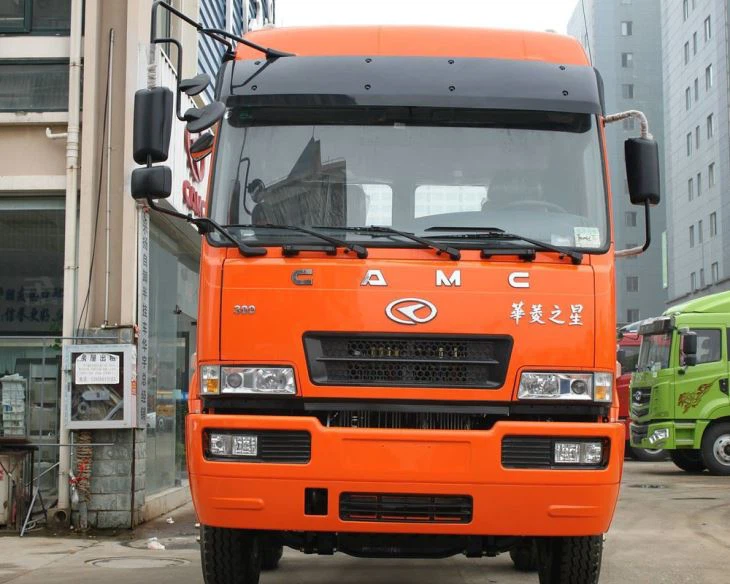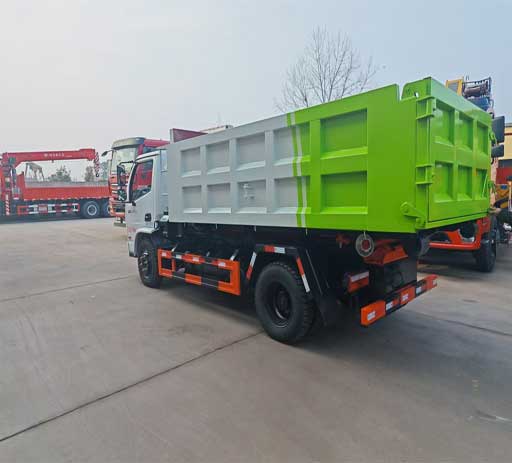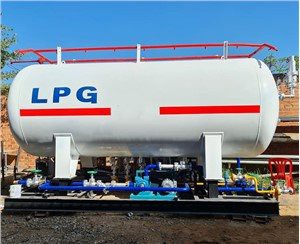The Ultimate Guide to Cart Tippers: Everything You Need to Know

Cart tippers are essential tools designed to assist in various industries, allowing for the efficient handling and transferring of materials. In this comprehensive article, we will explore the different aspects of cart tippers, their uses, types, benefits, and how to choose the right one for your needs. Whether you’re in agricultural, industrial, or retail sectors, you’re bound to find valuable information on cart tippers here.
What is a Cart Tipper?
A cart tipper, also known as a cart tipper system or cart dumper, is a piece of equipment used to tilt and empty carts or bins efficiently. This machinery is especially useful in workplaces where large volumes of material need to be transferred, such as in manufacturing, waste management, or even agriculture. With the ability to improve efficiency and safety, cart tippers are vital in minimizing manual labor.
How Cart Tippers Work
Cart tippers operate by employing hydraulic or electric mechanisms to tilt the cart to an optimal angle, allowing the contents to spill out safely. Some models are designed to accommodate specific cart sizes, while others offer adjustable frames for versatility. The tipping process is generally automated, helping to reduce the risk of manual handling injuries.
Types of Cart Tippers
There are various types of cart tippers available, each designed for specific applications and environments. Below are the most common types:
1. Manual Cart Tippers
Manual cart tippers require human effort to operate. They are generally more affordable and are ideal for low-volume tasks. These tippers are suitable for businesses with limited budgets or where automation is not necessary.
2. Electric Cart Tippers
Electric cart tippers utilize a motor to facilitate the tipping process. They are more efficient than manual tippers and suitable for high-volume operations. Electric tippers can often be used in places where manual lifting is unsafe or impractical.
3. Hydraulic Cart Tippers
Hydraulic cart tippers operate using hydraulic systems for enhanced lifting power. These tippers can easily manage heavy loads and are often used in industrial settings where durability and reliability are crucial.
4. Pneumatic Cart Tippers
Pneumatic cart tippers use air pressure to operate. They are less common but can be extremely effective in specific settings, especially where electric or hydraulic options may pose risks due to flammable materials.
Benefits of Using Cart Tippers
Using a cart tipper can provide a range of benefits that enhance your operations and improve workplace safety. Here are some key advantages:
1. Improved Efficiency

Cart tippers can significantly speed up the process of transferring materials. Instead of relying on manual labor, businesses can streamline operations, allowing employees to focus on more intricate tasks.
2. Enhanced Safety
By reducing the need for heavy lifting, cart tippers lower the risk of workplace injuries. This is particularly important in environments where employees frequently handle large or awkwardly shaped materials.
3. Versatility
Many cart tippers are designed to accommodate various cart sizes and types. This versatility makes them suitable for many different settings, whether in warehouses, farms, or retail environments.
4. Cost-Effectiveness
Though there is an initial investment in purchasing cart tippers, the long-term savings in labor costs and increases in productivity can lead to a favorable return on investment.
Choosing the Right Cart Tipper
Selecting the appropriate cart tipper involves understanding your specific needs and operating environment. Here are some factors to consider:
1. Load Capacity
Determine the maximum weight of the materials you will be handling. It’s crucial to choose a cart tipper with a suitable load capacity to ensure safe and efficient operation.
2. Material Type
Consider the type of materials you will be tipping. For example, if you need to handle liquids, look for a cart tipper designed with a sealed container or special features to manage spills.
3. Work Environment
Take into account the environment where the cart tipper will be used. Will it be in a cold storage facility, outdoors, or indoors? Make sure to choose a model designed to withstand the specific conditions.
4. Automation Level
Decide whether you require a manual, electric, or hydraulic model. Electric and hydraulic tippers are generally more efficient but will also come at a higher cost.
5. Budget
Assess your budget not only for the initial purchase but also for maintenance and potential training for staff on using the equipment properly.
Practical Examples of Cart Tipper Applications
Cart tippers can serve multiple purposes across various industries. Here are a few practical examples:

1. Agriculture
In farming, cart tippers can be utilized to unload produce quickly. For instance, a hydraulic cart tipper can easily handle large bins of apples, reducing the time spent in the harvesting process.
2. Manufacturing
In manufacturing lines, cart tippers can be used to empty raw materials such as plastic pellets or metal parts into hoppers. This automation minimizes downtime and keeps production continuous.
3. Retail

In retail settings, cart tippers can facilitate quick restocking of shelves. For example, using a manual tipper for small inventory carts can save time during peak hours.
4. Waste Management
Waste management facilities benefit from cart tippers for emptying bins filled with recyclables or garbage. This simplifies the process and allows for faster sorting of materials.
Cart Tipper Maintenance Tips
To ensure your cart tipper remains functional and efficient, it’s important to conduct regular maintenance. Here are some useful tips:
1. Regular Inspections
Schedule inspections to check for wear and tear. Look out for hydraulic leaks or any unusual sounds indicating mechanical issues.
2. Lubrication
Keep all moving parts well-lubricated according to the manufacturer’s recommendations. This helps prevent friction-related damage and can extend the life of the equipment.
3. Cleaning
Regularly clean the cart tipper to prevent material buildup that may affect its operation. Use appropriate cleaning protocols designed for the type of materials being handled.
4. Training Staff
Ensure that employees operating the cart tipper are properly trained. This reduces the risk of operational errors and prolongs the equipment’s lifespan.
Frequently Asked Questions (FAQ)
1. What are the different types of cart tippers available?
The main types of cart tippers include manual, electric, hydraulic, and pneumatic models. Each type serves different applications and has specific advantages.
2. How much weight can a typical cart tipper handle?
Cart tippers vary significantly in load capacity, with some models designed to handle anywhere from 100 to over 2000 pounds. Always check the specifications before purchase.
3. Is it easy to operate a cart tipper?
Generally, cart tippers are designed for ease of use. Manual models may require some strength, while electric and hydraulic models are often automated and require minimal effort.
4. How often should a cart tipper be maintained?
Regular maintenance should be conducted at least once a month, with more frequent checks in high-use environments. Consult the manufacturer’s guidelines for specific recommendations.
5. Can a cart tipper be used outdoors?
It depends on the model. Some cart tippers are designed for outdoor use and are built to withstand various environmental conditions. Be sure to check the specifications.
6. What are the costs associated with purchasing a cart tipper?
The cost can vary widely, ranging from a few hundred dollars for manual models to several thousand dollars for hydraulic or electric tippers. Consider your budget and intended use.
